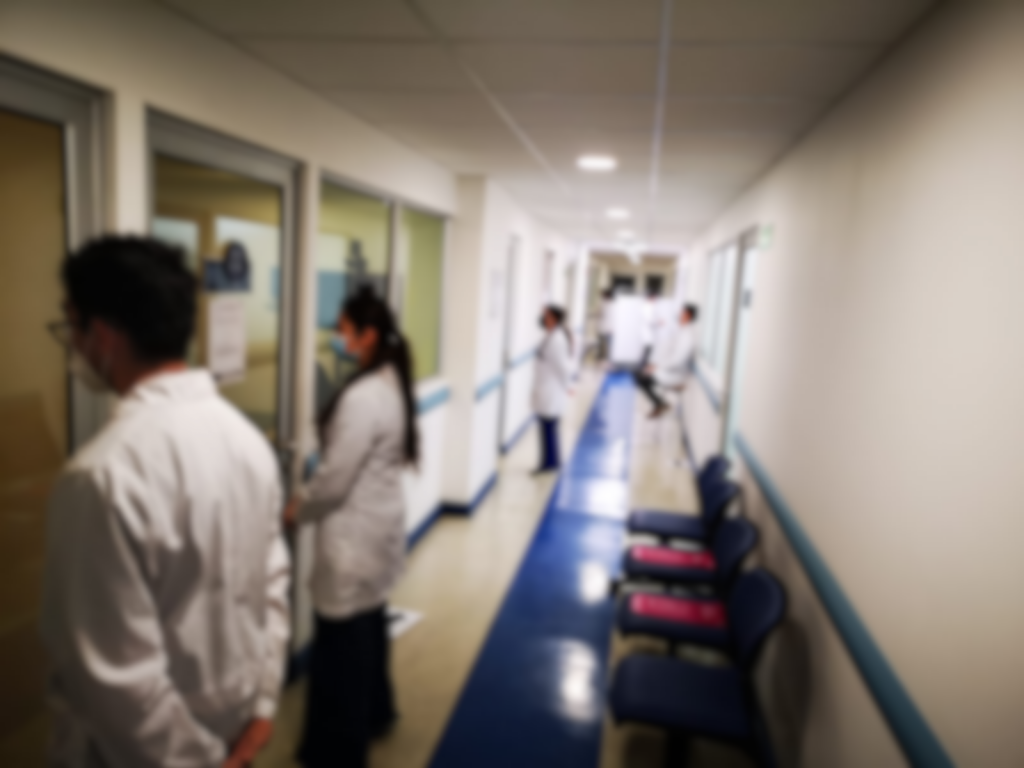How is an OSCE performed? The step-by-step description of the main activities to plan and organize it under high quality standards
The evaluation of clinical competencies is a fundamental process in the context of teaching and learning in health careers. The need to have valid, reliable and applicable assessment instruments, which not only assess knowledge, but also skills and attitudes, is a challenge. In this context, the Objective Structured Clinical Exam (OSCE) is a recognized, accepted, and valuable instrument, which has been defined as a way to assess clinical competencies in simulated situations (Harden, 1975).
The following article offers a step by step and the main considerations for the implementation of OSCEs under high quality standards.
1. Form an OSCE Committee
It is important to form a multidisciplinary working group that develops and validates the OSCE (Khan et al, 2013).
2. Build a “Blueprinting” or specification table
This tool defines the learning outcomes for each station, along with other useful data to have an overview of the process. The stations of an OSCE can be classified as:
- Active: stations with performances of the procedural and attitudinal domain, such as working with actors, conducting an interview, physical examination, and clinical skills. Active stations require a teacher assessor present as a direct observer.
- Passive: stations directed to the interpretation of exams, images, others. In these stations a mailbox is used to deposit the result.
- Rest: these stations are intended for breaks between rounds of an OSCE, in order for the participant to reduce their stress levels.

3. Design the stations
The specification table is the basis for beginning the design of the OSCE stations. The document for each station must contain at least:
- Instructions for the participant;
- Instructions for the standardized patient (actor) when the station requires it;
- Instructions for the teacher;
- List of necessary equipment and supplies. The station must contain the list of materials, equipment and simulators required, indicating quantity. Special characteristics that are required must also be detailed; such as arms laden with blood, a simulator with a wound, among others (McAleer & Walker, 2014).
- Defined assessment instrument
4. Run a pilot
It is crucial for success in an OSCE to run a pilot test. If there are errors, correct for the actual implementation (Abdulghani et al., 2014; De Serdio Romero, 2002).
5. Evaluation of the quality of the OSCE
All OSCE ends with an evaluation that involves those engaged in its design and implementation. This evaluation seeks continuous improvement for a future instance. Consider quantitative and qualitative aspects (Pell et al., 2010).
6. OSCE report
It is suggested to make a report with the main results of the OSCE. This report may include data analysis, photographs, and conclusions.
Final considerations.
An OSCE takes an average of 2 to 3 months to prepare; requires coordination and collaborative work among those involved.
The simulation center team is responsible for ensuring that the resources requested for the OSCE are available and in good condition.
It is important to have the necessary documents for the OSCE in advance: list of students, guidelines, indications, among others.
The average number of stations in an OSCE is between 12 and 16.
When an OSCE lasts more than 2 hours and has more than 10 stations, it should be considered to include rest stations. Well-trained standardized patients can complete assessment guidelines when the station assesses aspects related to communication.
READ ALSO








































